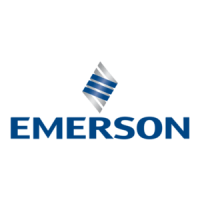EV1000 Series General Purpose Variable Speed Drive
User Manual
Version: V1.4
Revision Date: February 1, 2004
BOM:31010988
Emerson Network Power provides customers with technical support.
Users may contact the nearest Emerson local sales office or service
center.
Copyright © 2004 by Emerson Network Power Co., Ltd.
All rights reserved. The contents in this document are subject to change
without notice.
Emerson Network Power Co., Ltd.
Address: No.1 Kefa Rd., Science & Industry Park, Nanshan District
518057, Shenzhen China
Homepage: www.emersonnetworkpower.com.cn
Customer Service Hotline: 800-820-6510, (86) 21-23017141,
(86) 755-86011668
E-mail: support@emersonnetwork.com.cn

